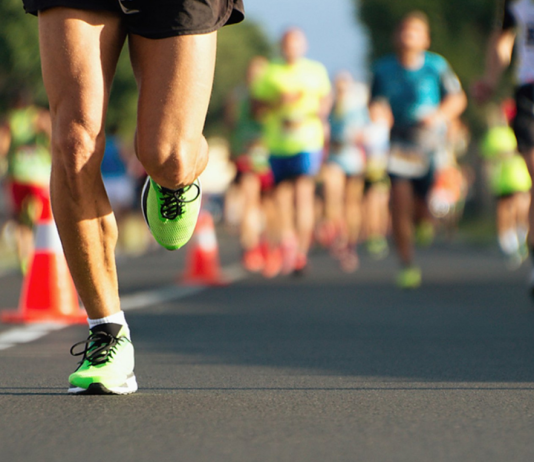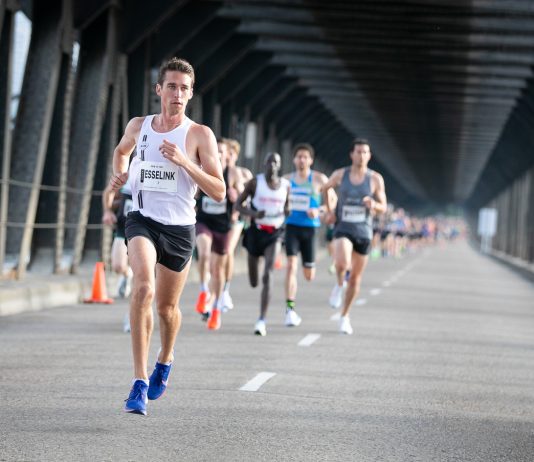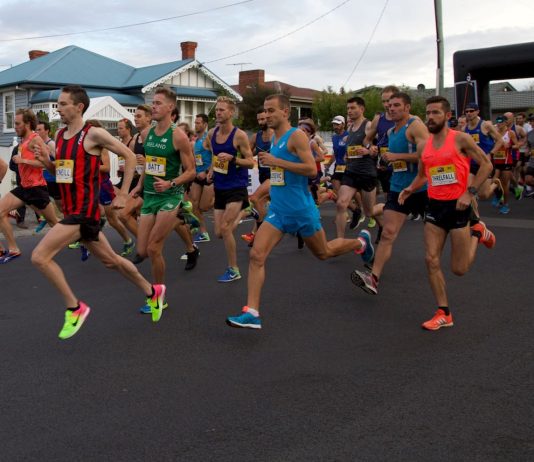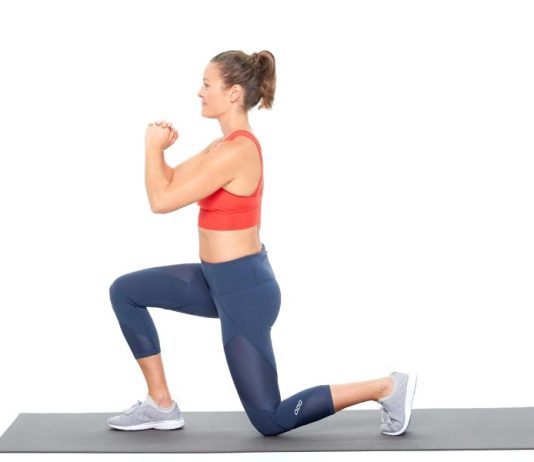Discover the Insider’s Guide to Marathon Cramps: From Causes to Proven Solutions
Runnerstribe Admin -
For seasoned runners and novices alike, cramps during a marathon are an unfortunate yet familiar experience. From the common stitches plaguing newcomers to full-body spasms encountered in endurance challenges, cramping remains an unwelcome companion throughout the running journey.
Running enthusiasts are frequently advised to strengthen their glutes, particularly if they are injured. But how do glute bridges work and what precisely do the glutes perform when we run? Elevate your running game with Tarkine Trail Devil, where every step is a testament to exceptional performance and unmatched...
For those who've reached the milestone of 50 and beyond, the world of running takes on a unique blend of allure and caution. While it's no secret that the risk of injuries tends to escalate with age, there's no need to bid farewell to your running ambitions. By adopting prudent measures, you can continue to relish the joys of jogging well into your 80s and beyond, ensuring a vibrant and active lifestyle.
Calf weakness is a common hurdle encountered by runners, often resulting in discomfort and potential injuries in the foot and lower leg. When assessing a runner's gait mechanics, one noticeable manifestation is the excessive forward movement of the knee beyond the toe during mid-stance, referred to as increased anterior tibial translation. Although there are several contributing factors to this issue, our primary focus today revolves around the significant impact of calf weakness.
Injuries are an inescapable reality in the world of trail running, even for those who diligently prioritize injury-prevention exercises. Let's face it - most of us would rather add an extra mile to our run than allocate time to exercises like deadlifts and crabwalks. Studies show that around half of all runners experience injuries within a single calendar year, making it more a matter of when, rather than if, one becomes part of this statistic.
The world of running, exhilarating and health-boosting as it may be, is not devoid of lurking risks. Whether you're a seasoned marathoner or just stepping onto the running path, the specter of injuries can rear its head. Comprehending the underlying factors fueling these injuries is critical for both foresight and recuperation. Three fundamental culprits often stand out as the driving forces behind running-related injuries: stress, muscular imbalances, and overuse.
The introduction of carbon-plated running shoes, popularly known as "super shoes," has had a significant impact on the racing world since Eliud Kipchoge's first attempt at breaking the two-hour marathon record in 2017. These shoes are designed with a combination of Pebax foam and a carbon fiber plate, which together provide exceptional resilience, lightness, and energy return, giving runners a bouncy sensation as they run.
Gone are the days when pre-workout warm-ups consisted of long, static stretches, evoking memories of '90s kids clad in school colors performing awkward hurdler poses before their coach-mandated mile jog. Exercise science has revolutionized the way we prepare our bodies for physical activity, introducing a game-changing approach: the dynamic...
The familiar refrain that "running will spell trouble for your knees" has likely crossed the ears of many a runner. These words of caution often lead runners to ponder the effect of their cherished sport on their knee joints, raising questions about whether it's time to trade in their running shoes for a biking helmet. However, it's imperative to distinguish fact from fiction and delve into the scientific veracity of these claims.
Running is an excellent form of exercise, but it can take a toll on your lower back if you don't take proper care of your body. The lower back plays a crucial role in maintaining an upright posture, but weaknesses in the core muscles, hips, glutes, and hamstrings can cause discomfort, pain, and spasms, putting runners at risk of injuries that can slow down progress.












